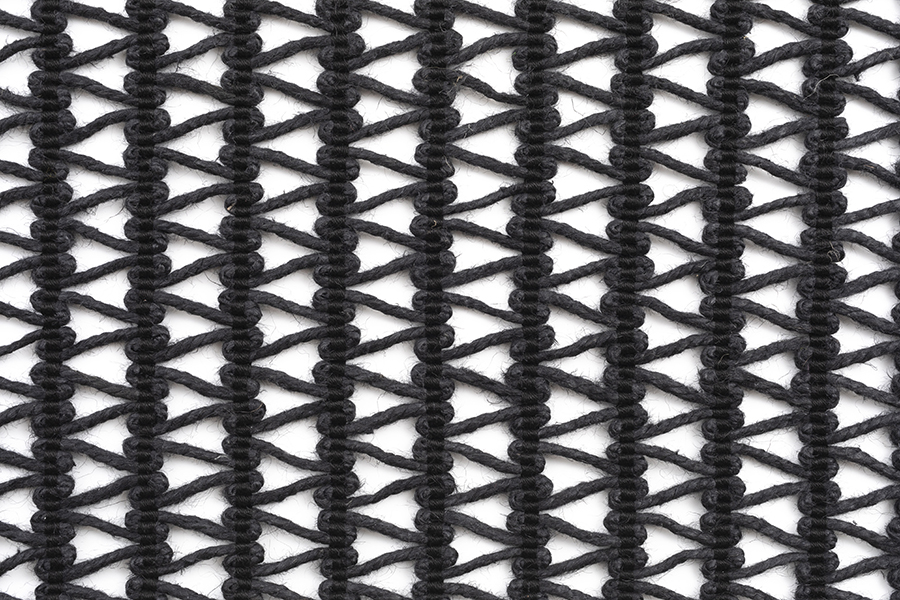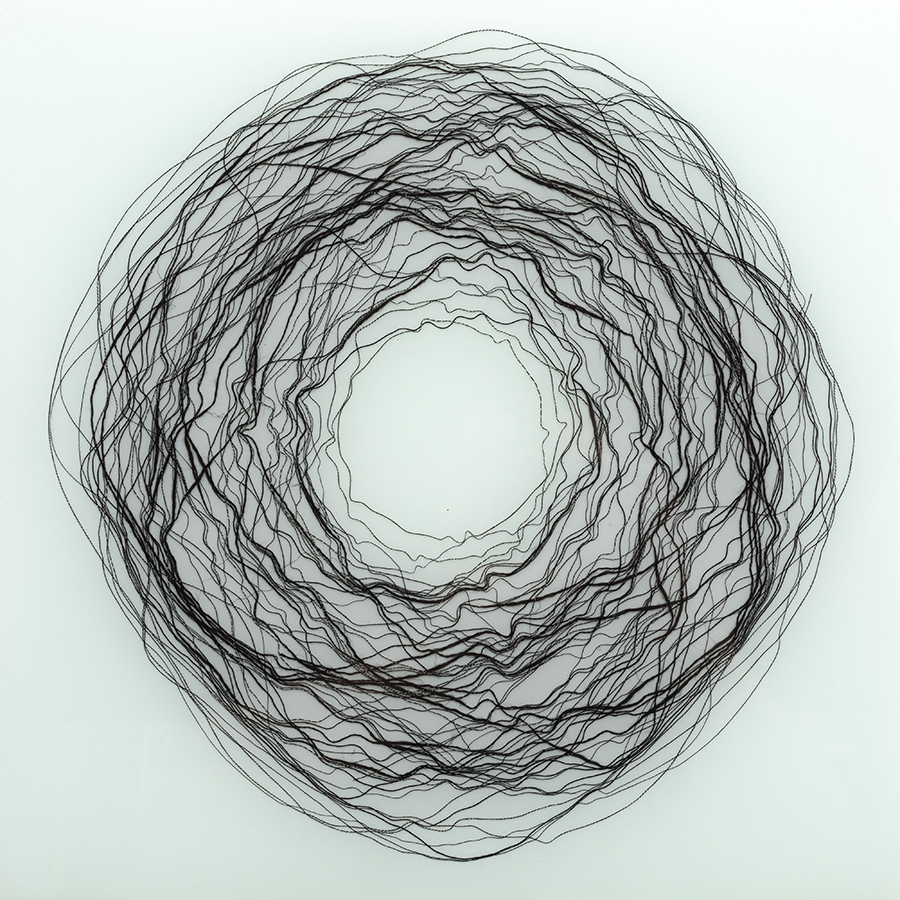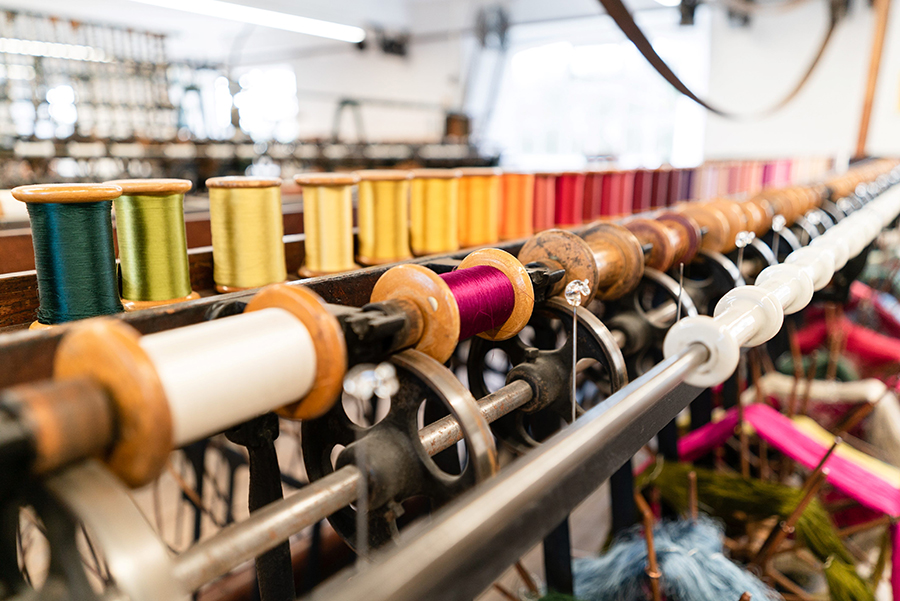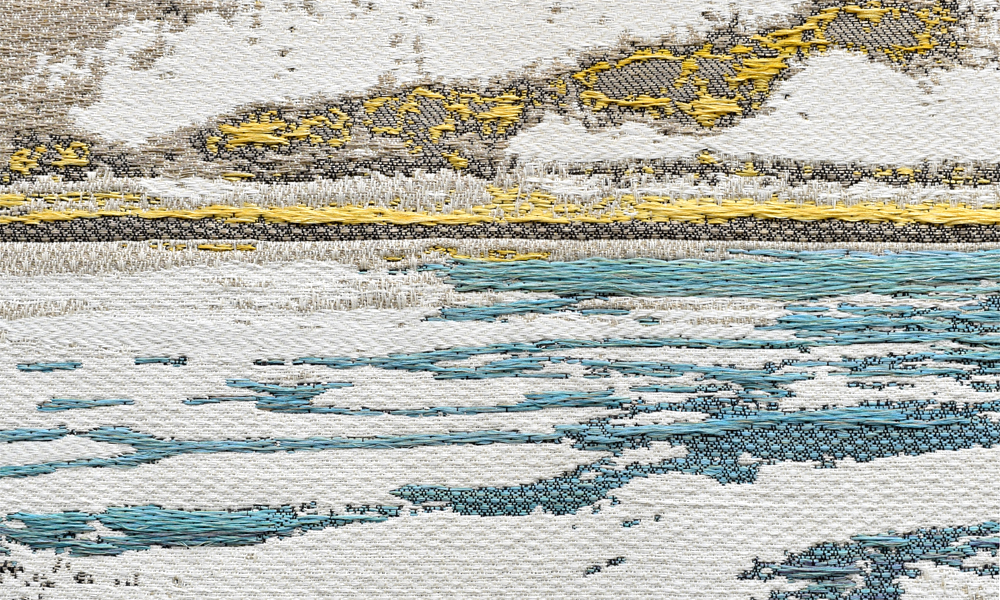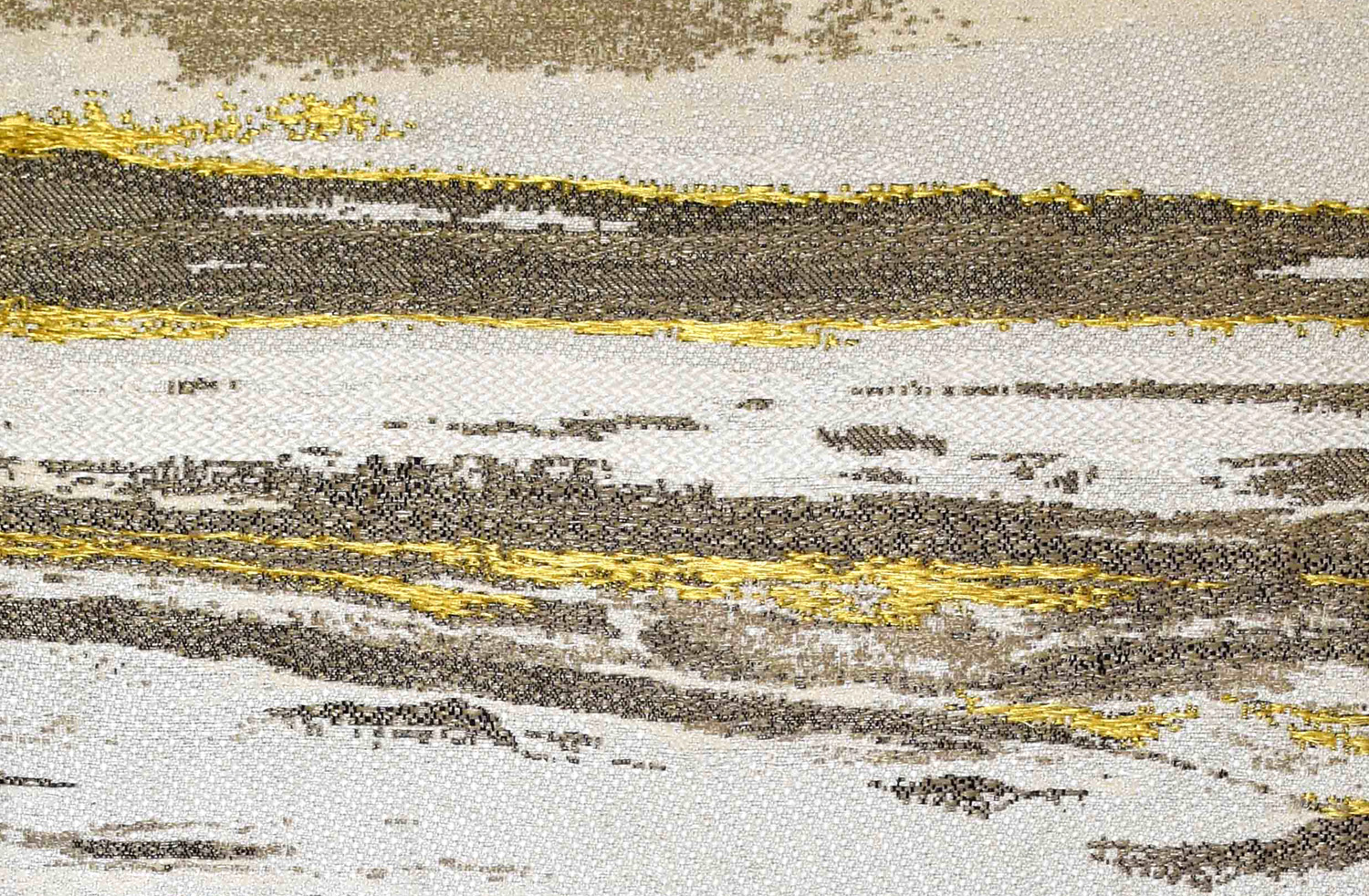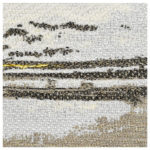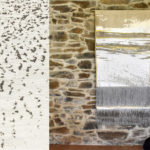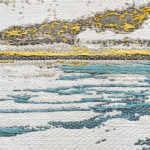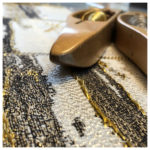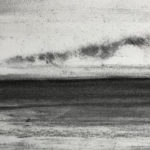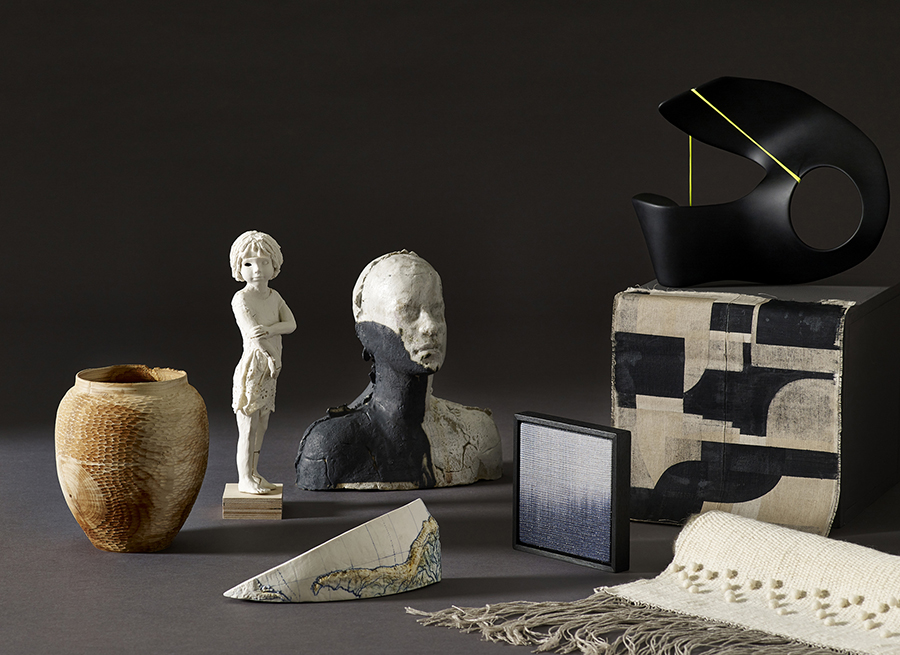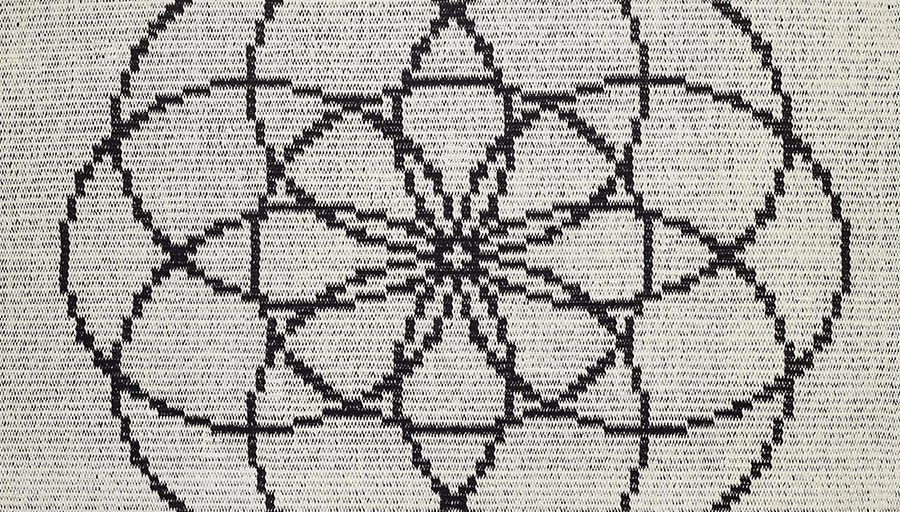 Role to commence in June/July 2024 under a 1 year fixed-term contract, 35 hours per week.
Role to commence in June/July 2024 under a 1 year fixed-term contract, 35 hours per week.
Salary £21,000 per annum.
The Bristol Weaving Mill Ltd are looking for an organised and proactive weaving mill Production Assistant with advanced knowledge of woven textiles, and meticulous attention to detail. Reporting directly to the Production Manager this role requires a confident and skilled hand-weaver with an interest in industrial manufacturing and sustainable textiles. The successful applicant will have excellent communication skills, be self-motivated and hard-working, able to follow instruction and work well in a dynamic small team. Experience working with industrial machinery is desirable but not essential.
Production Assistant Maternity Cover Job Role Description:
Organisation and Logistics:
- Assisting the Production Manager with procurement by monitoring the status of deliveries.
- Communicating with cut-and-sew subcontractors handing over technical direction.
- Preparing finishing sheets, Quality Control management and recording.
- Assisting the Production Manager with logistics.
- Packing and distribution of fabric rolls, yarn and products in line with project timescales.
- Assisting with organization of stock and annual stock checks.
- Archiving of finished projects including technical files and samples.
- General housekeeping – regular tidying, keeping space organised and manageable.
Technical and Weaving:
- Assisting the Production Manager with the creation and organisation of CAD files and weave tickets for in-house and outsourced production designs.
- Under the direction of the Production Manager and Product Development team, working on hand-woven samples ready for industrial application.
- Hand-weaving of production lengths and products, ensuring targets are met.
- Setting up of weaving looms from warp winding to threading and reeding.
- Checking and mending loom-state fabric.
- General maintenance and upkeep of hand-weaving looms.
- Cut-and-sew processes including sewing labels and cutting blankets and scarfs.
In-house Industrial Operations:
- With the support of the Production Manager, working on the general set-up and operation of in-house industrial loom.
- Creating, checking through and assembling punch-cards for industrial weaving loom.
- Assisting with the organization of warps for the in-house industrial weaving loom.
Training is provided for operation of in-house looms and CAD software, but a thorough understanding of hand-weaving and woven construction, and previous experience with some weaving software is essential for the role.
To apply please email your CV together with a covering letter and your digital portfolio of weaving to juliet@bristolweavingmill.co.uk by 6pm on Friday 5th April 2024.


